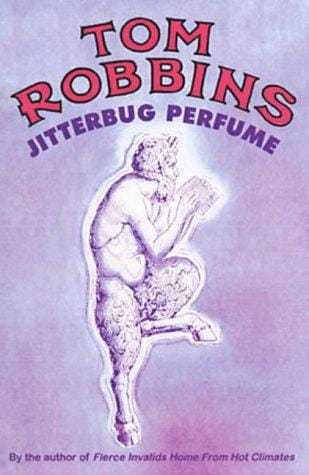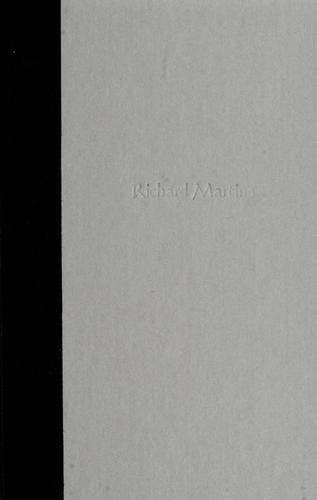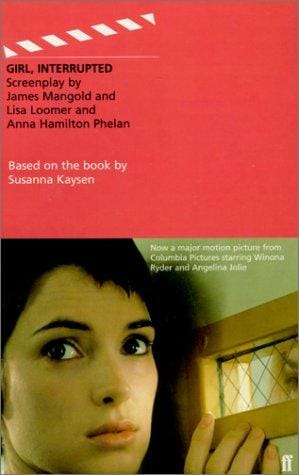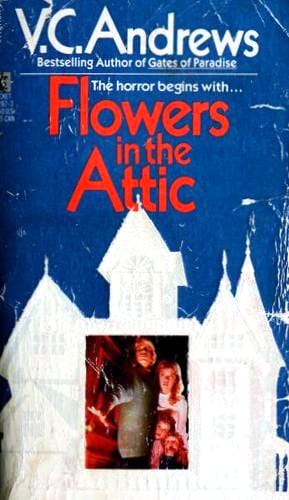Coraline: Exploring the Darkly Enchanting World of Neil Gaiman’s Modern Classic
Discover how Neil Gaiman’s “Coraline” blends gothic horror and childhood wonder, exploring themes of identity, perception, and courage that resonate today.
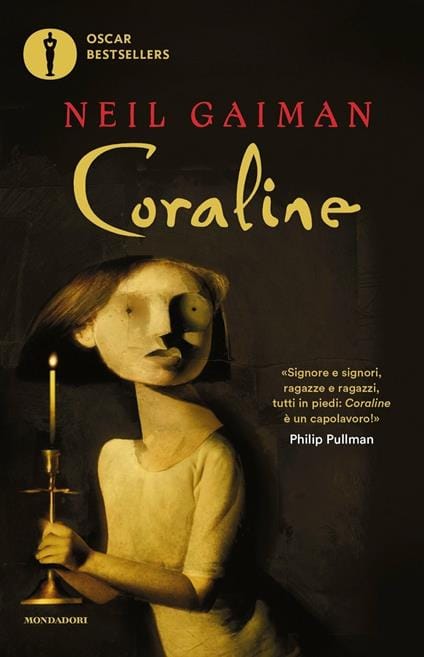
Introduction
Neil Gaiman’s “Coraline” has bewitched readers and viewers since its release in 2002, blending childhood curiosity with gothic horror in a way few stories dare. At first glance the novella feels like a whimsical fantasy, yet its sinister undertones and profound themes have earned it a place among the greatest modern fairy tales. Whether you discovered the story on the page or through Laika’s 2009 stop-motion film, “Coraline” offers a rich tapestry of imagination, courage, and cautionary wisdom that continues to resonate across generations.
Plot Overview
The narrative follows Coraline Jones, an adventurous eleven-year-old who has just moved into the Pink Palace Apartments with her preoccupied parents. Bored and lonely, Coraline sets out to explore her peculiar new home and soon discovers a small, bricked-up door. At night the bricks disappear, revealing a portal to a parallel flat that mirrors her own—only brighter, tastier, and seemingly perfect. There she meets her Other Mother and Other Father, doppelgängers who sport unsettling black button eyes yet shower Coraline with attention and treats. When the Other Mother insists that Coraline sew buttons into her own eyes and stay forever, the dream spirals into nightmare. The girl must summon all her courage to outwit the sinister entity, rescue her real parents, and free the souls of three ghost children already trapped in the ominous world.
Key Themes
The Allure and Danger of Perfect Worlds
Gaiman cautions against the intoxicating promise of perfection. The Other World initially appears tailor-made for Coraline’s desires, but its glossy veneer masks a predatory motive. The author reminds readers that a flaw-free reality often demands an unreasonable price—here symbolized by replacing human eyes with lifeless buttons.
Identity and Self-Reliance
Unlike many child protagonists who rely heavily on adults, Coraline’s journey is a solitary one. She learns that no external authority, whether negligent parents or seemingly loving impostors, can define her sense of self. Her repeated mantra, “I’m brave,” underscores her growing independence and the power of naming one’s own strengths.
Seeing and Blindness
The omnipresent motif of eyes accentuates the importance of perception. Real eyes perceive truth and nuance, while button eyes signify denial and submission. Coraline’s refusal to trade vision for comfort champions critical thinking over passive consumption.
Character Analysis
Coraline Jones
Coraline defies the stereotype of the flawless hero. She is curious, sometimes petulant, and often scared. Yet her imperfections humanize her and make her triumph more inspiring. Her bravery lies not in fearlessness but in acting in spite of fear.
The Other Mother (The Beldam)
The Other Mother embodies the archetypal witch updated for the modern age. She weaponizes attention, sweets, and flattery to lure children, illustrating how danger can wear a comforting mask. Her transformation from doting host to skeletal arachnid adds a visceral horror that hints at the predator beneath the polish.
Supporting Cast
From Miss Spink and Miss Forcible, retired actresses who interpret tea-leaf prophecies, to Mr. Bobinsky and his jumping mice, each eccentric neighbor enriches the story’s gothic atmosphere. Even the black cat, who can speak only in the Other World, serves as Coraline’s elusive mentor, reminding her—and the audience—that help can be cryptic but invaluable.
The Stop-Motion Film Adaptation
Henry Selick’s 2009 adaptation elevated “Coraline” from cult novel to mainstream phenomenon. Laika Studios employed painstaking stop-motion techniques, crafting over 200,000 individual facial expressions to capture Coraline’s nuanced emotions. The film deepened the lore with new characters like Wybie Lovat and expanded set pieces such as the coral-shaped palace, enhancing cinematic tension without betraying Gaiman’s core message. Its Oscar nomination for Best Animated Feature signaled how animation can tackle dark subject matter while remaining family-friendly.
Cultural Impact and Legacy
Two decades on, “Coraline” continues to inspire cosplay, fan art, academic essays, and Halloween décor. Educators use the book to introduce children to gothic literature, while psychologists cite Coraline’s coping strategies as examples of resilience in young people. The story’s button-eye imagery has entered pop culture shorthand for deceptive perfection, appearing in everything from TikTok makeup tutorials to indie song lyrics.
Why “Coraline” Still Matters
In an era when social media curates highlight reels of idealized lives, “Coraline” feels more relevant than ever. The Other World mirrors the algorithmic echo chambers that entice us with tailored content yet quietly harvest our attention. Coraline’s refusal to surrender her eyes becomes a rallying cry to guard our authentic vision. At its heart, the tale urges readers to embrace life’s imperfections, confront hidden dangers, and trust their inner compass.
Conclusion
“Coraline” endures because it respects its audience, acknowledging that children can grasp complex fears and adults still cherish wonder. Neil Gaiman’s masterwork, amplified by Laika’s evocative film, invites us all to walk through the small door, face the darkness, and emerge with clearer eyes and a braver heart.
